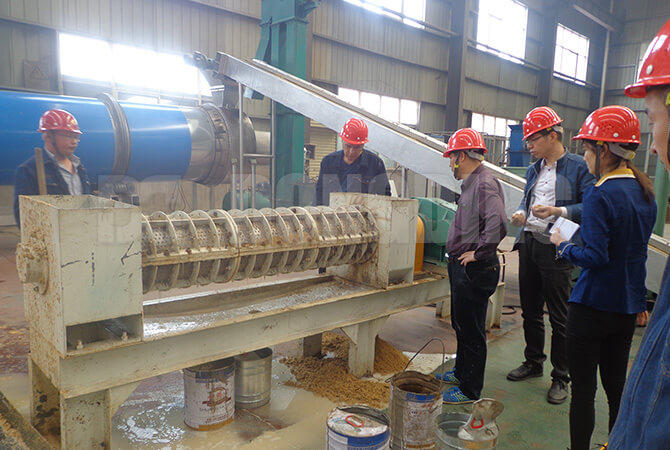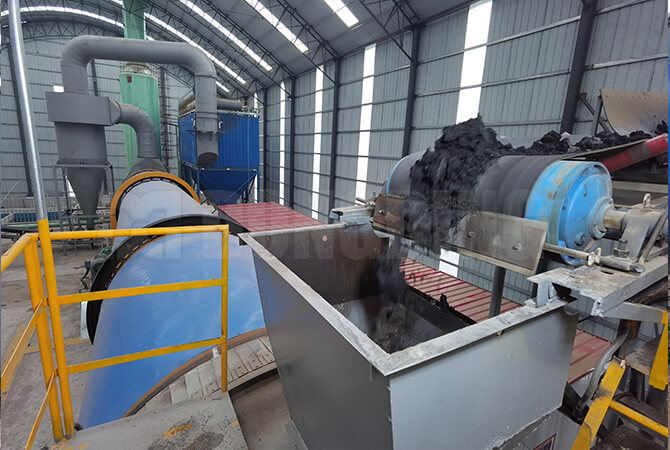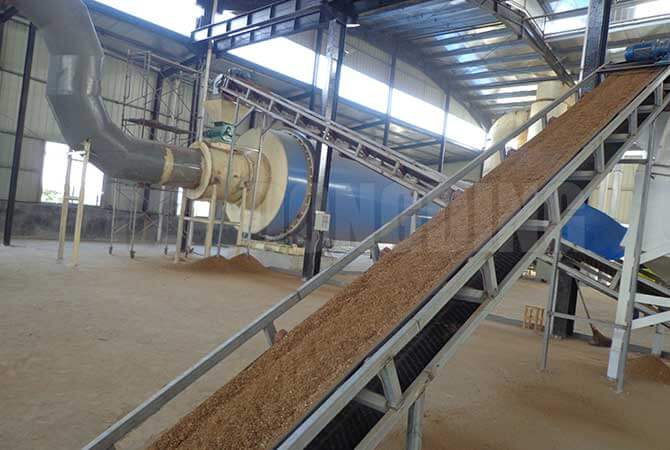How to Improve the Working Efficiency of Spent Grain Dryer?
The spent grain includes white distiller’s grain, rice lees, brewery’s grain, alcohol residue, etc. Distiller’s grains are high in water content and viscosity, easy to rot and deteriorate, and difficult to store. The brewer’s spent grain dryer fundamentally solves the problem of reusing distiller’s grain resources. Due to the large output of distiller’s grain, it is necessary to continuously operate the brewers grain dryer to ensure work efficiency. What factors affect the working efficiency of spent grain dryer?

♥ Control the Feeding Speed
Generally, the feeding speed affects the drying efficiency of the distiller’s grain dryer. Uniform feeding can improve the processing capacity of the dryer machine. However, too fast feeding speed and too much feeding at one time will also cause material accumulation and blockage, affecting the production efficiency of the lees dryer. Too little feeding will also waste the performance of the spent grain dryer.
♠ Increase the Temperature of Hot Air
The drying of the spent grain is mainly realized by heat transfer. The higher the temperature of hot air is, the faster the water in distiller’s grain evaporates, and the working efficiency of distiller’s grain dryer is significantly improved. However, the temperature of hot air can not be too high. The temperature should be set according to different materials. If the temperature is too high, the distiller’s grains will change color or even burn, so sufficient and stable heating demand shall be maintained.
♣ Maintain Appropriate Wind Speed
Proper wind speed can make the heat exchange between brewers grain and hot air more frequent, and make distiller’s grains dry faster. However, when the hot air speed reaches a certain value, the dehydration speed will decrease, and the thermal energy consumption will increase. In order to achieve a good drying speed, the wind speed should be reasonably controlled.
♦ Improve Equipment Structure
Improve the structure of the distiller’s grain dryer can disperse materials, reduce the particle size, increase the full contact between materials and hot air, improve the thermal efficiency, reduce the heat loss, significantly improve the working efficiency, and prevent the sticky wall of high humidity and high viscosity materials.


